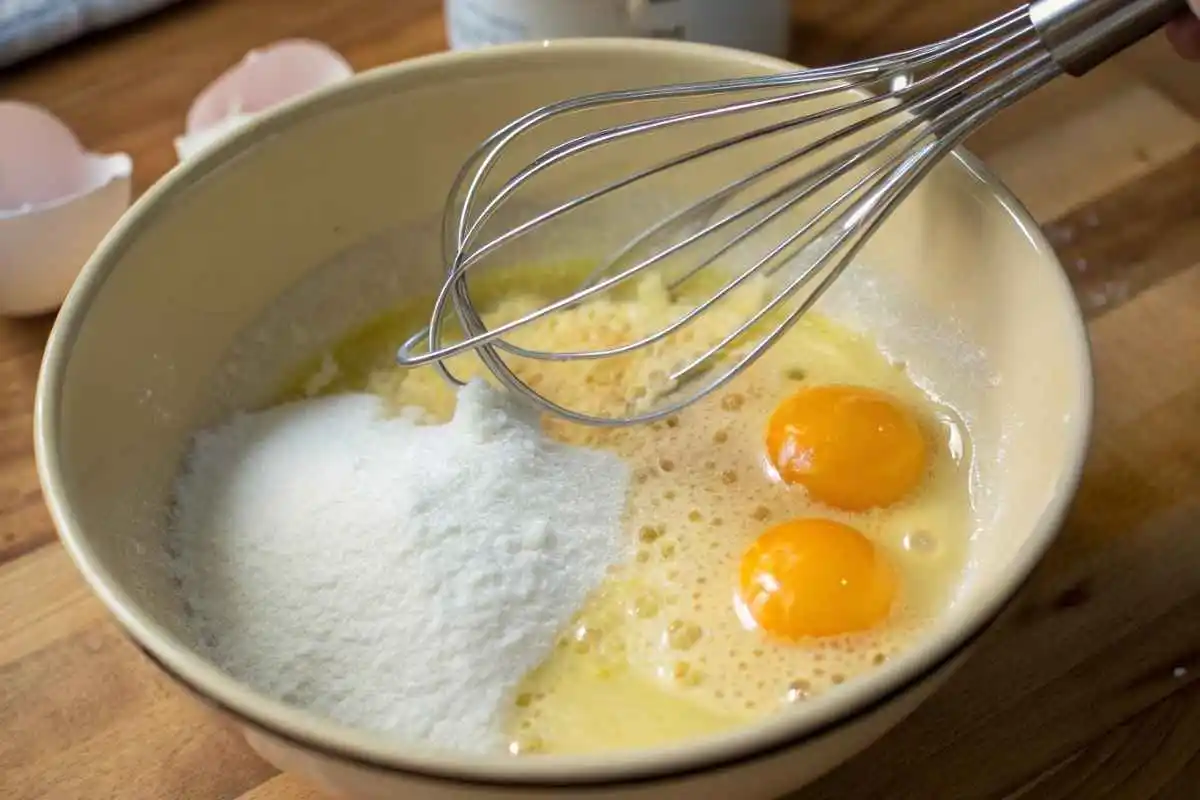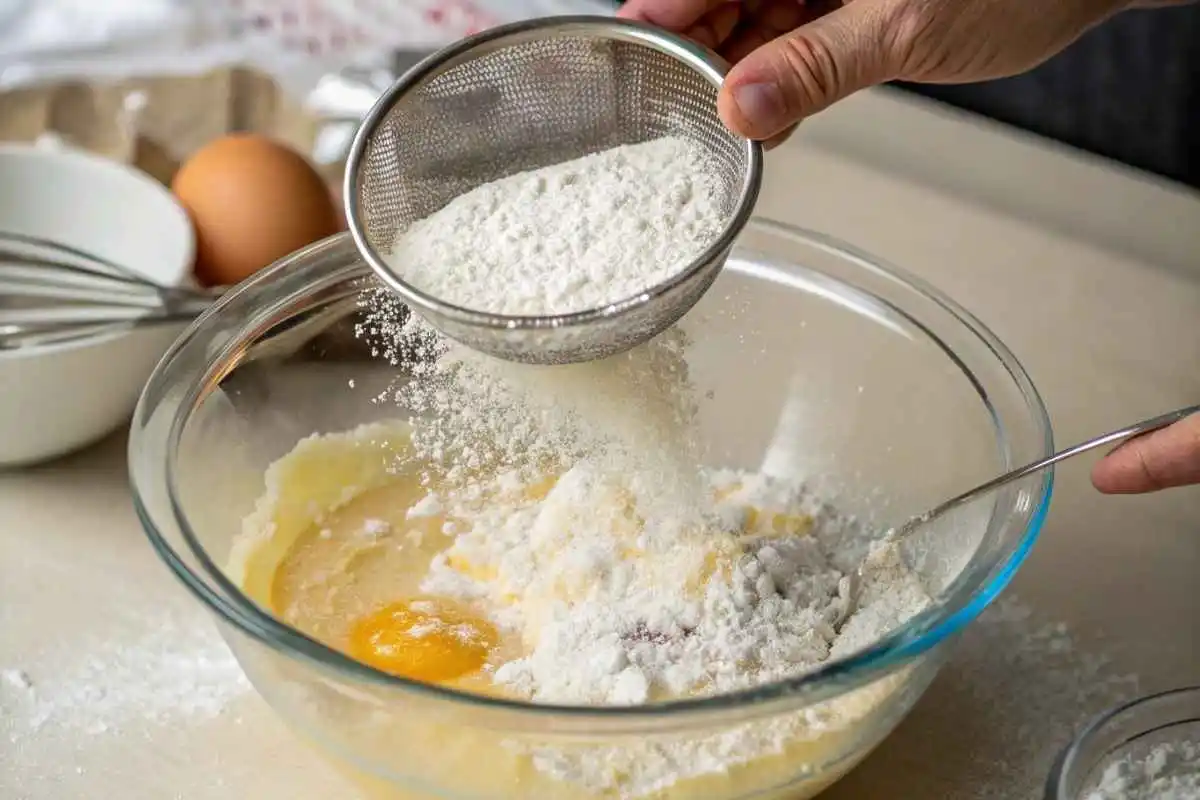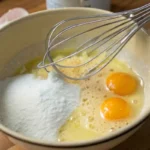Few treats captivate the senses quite like madeleines. These small, shell-shaped French pastries are beloved for their delicate texture and unforgettable taste. But what makes them so special? This article dives deep into the science, history, and artistry behind these delectable bites, uncovering the reasons they leave such a lasting impression on our palates.
Why Do Madeleines Taste So Good? Exploring the Basics


The magic of madeleines lies in their simplicity and perfection. At first glance, they seem like humble cakes, but their flavor profile is anything but ordinary. Madeleines combine a buttery richness with subtle sweetness, a hint of citrus, and a tender crumb that melts in your mouth. This balance is no accident—it’s the result of carefully chosen ingredients and time-honored techniques.
The golden crust, slightly crisp yet soft inside, creates a delightful contrast. Add to that the nostalgic aroma of vanilla or lemon zest, and you’ve got a recipe for sensory bliss. But there’s more to this story than meets the taste buds. Let’s explore the elements that elevate madeleines to a league of their own.
The Science of Flavor in Madeleines
Flavor isn’t just about ingredients—it’s about how they interact with our senses. Madeleines owe their allure to a symphony of chemical reactions and sensory triggers.
The Maillard Reaction: A Golden Key to Taste
When madeleines bake, the heat triggers the Maillard reaction—a process where sugars and proteins in the batter transform into complex, nutty flavors. This reaction is responsible for the golden-brown crust that gives madeleines their signature taste. According to a study by the American Chemical Society, the Maillard reaction enhances aroma and depth, making every bite irresistible.
Butter’s Big Role
Butter isn’t just fat—it’s flavor. High-quality butter, often used in traditional recipes, releases volatile compounds during baking. These compounds create a rich, creamy taste that lingers. The fat content also tenderizes the crumb, ensuring that velvety texture we adore.
Why Do Madeleines Taste So Good? The Aroma Factor
Smell plays a massive role in how we perceive taste. The warm, inviting scent of madeleines fresh from the oven primes your brain for pleasure. Vanilla, lemon zest, or even almond extract—common flavorings in madeleines—release aromatic molecules that amplify the eating experience. Research from the Monell Chemical Senses Center shows that aroma can account for up to 80% of flavor perception.
A Brief History of Madeleines
To understand their appeal, we need to travel back in time. Madeleines hail from the Lorraine region of France, with origins tied to the 18th century. Legend has it that a young girl named Madeleine created these treats for Duke Stanislas, earning them their name.
Their rise to fame, however, came thanks to Marcel Proust. In his novel In Search of Lost Time, he famously described how a madeleine dipped in tea sparked a flood of memories. This literary nod cemented their status as a symbol of comfort and nostalgia—a taste that transcends generations.
Texture: The Unsung Hero
Flavor gets the spotlight, but texture is the secret weapon. Madeleines strike a perfect balance: crisp edges, a soft center, and that iconic hump. This contrast keeps every bite interesting.
The Hump’s Hidden Magic
That signature bump isn’t just for looks. It’s a sign of proper technique—resting the batter and baking at the right temperature. The hump forms as the batter rises quickly in a hot oven, trapping air for a light, fluffy interior. This texture enhances the overall experience, making madeleines feel indulgent yet delicate.
Why Do Madeleines Taste So Good? The Melt-in-Your-Mouth Effect
The fine crumb of a madeleine dissolves effortlessly on your tongue. This is thanks to the precise ratio of flour, sugar, and eggs. Too much flour, and they’d be dense; too little, and they’d fall apart. Bakers have perfected this balance over centuries, ensuring a melt-in-your-mouth moment every time.
The Role of Ingredients in Flavor
While technique matters, ingredients are the heart of the matter. Let’s break down how each component contributes to that unforgettable taste.
Sugar: Sweetness with Subtlety
Madeleines aren’t overly sweet, and that’s intentional. A modest amount of sugar lets other flavors shine—like butter and citrus—while still satisfying your sweet tooth. It also caramelizes slightly during baking, adding a faint toasty note.
Eggs: Richness and Structure
Eggs bring more than just binding power. Their yolks add a golden hue and a velvety richness, while the whites help create that airy lift. Fresh, high-quality eggs make a noticeable difference in flavor depth.
Citrus Zest: A Bright Twist
Lemon or orange zest often sneaks into recipes, cutting through the richness with a burst of brightness. This subtle tang keeps madeleines from feeling heavy, adding a refreshing finish.
Baking Techniques That Boost Taste
Even the best ingredients need the right method. Madeleines demand precision, and a few key steps unlock their full potential.
Resting the Batter
Chilling the batter for at least an hour—or overnight—lets the flavors meld and the gluten relax. This step, often overlooked, ensures a tender texture and concentrated taste.
The Hot Oven Trick
Starting with a high temperature (around 375°F or 190°C) creates that coveted hump and crisp exterior. After a few minutes, bakers lower the heat to cook the interior evenly. This technique, detailed by King Arthur Baking, is a game-changer for flavor and form.
Pairing Madeleines for Maximum Enjoyment
Madeleines shine on their own, but pairing them elevates the experience. A cup of tea, as Proust suggested, softens the cake and enhances its flavors. Coffee brings out the buttery notes, while a glass of dessert wine highlights the citrus undertones.
Cultural Impact and Modern Twists
Madeleines aren’t stuck in the past. Today, bakers experiment with chocolate-dipped edges, matcha-infused batter, or even savory versions with herbs. Yet the classic recipe endures, proving its timeless appeal.
A Global Love Affair
From French patisseries to American coffee shops, madeleines have won hearts worldwide. Their portability and elegance make them a go-to treat for any occasion.
Why Madeleines Stand Out Among Pastries
Compare them to croissants or macarons, and madeleines hold their own. They’re less labor-intensive than laminated doughs yet offer a sophistication that rivals fancier desserts. Their understated charm lies in their ability to deliver big flavor in a small package.
Healthier Takes on a Classic
For the health-conscious, madeleines can adapt. Swapping some butter for olive oil or using whole-grain flour keeps the essence intact while cutting calories. A report from the USDA notes that such substitutions can maintain flavor while boosting nutrition.
Ingredients
Here’s a classic recipe to recreate that madeleine magic at home:
- Butter: ½ cup (melted, unsalted, high-quality)
- Sugar: ⅔ cup (granulated)
- Eggs: 2 large (room temperature)
- Flour: 1 cup (all-purpose)
- Baking Powder: 1 teaspoon
- Vanilla Extract: 1 teaspoon
- Lemon Zest: 1 tablespoon (optional, for brightness)
- Salt: A pinch (enhances flavor)
Instructions: Melt butter and let it cool. Whisk eggs and sugar until pale. Sift flour, baking powder, and salt together. Fold dry ingredients into the egg mixture, then add butter, vanilla, and zest. Chill batter for 1–2 hours. Preheat oven to 375°F (190°C), spoon batter into a greased madeleine pan, and bake for 10–12 minutes until golden. Cool slightly and enjoy!
FAQ:
What makes madeleines different from other pastries?
Madeleines stand out with their unique shell shape, tender crumb, and balanced flavor. Unlike croissants, they don’t rely on layers, and compared to macarons, they’re simpler yet equally elegant. Their buttery taste and subtle citrus twist set them apart.
Why do madeleines have that signature hump?
The hump forms when chilled batter hits a hot oven, causing rapid rising. It’s a sign of proper technique and contributes to the light, airy texture that enhances their appeal.
Can I make madeleines without a special pan?
Yes, but the classic shell shape requires a madeleine mold. You can use a muffin tin for a similar taste, though the texture and look won’t be identical.
How long should I chill madeleine batter?
Chilling for 1–2 hours is ideal, though overnight works too. This step relaxes the gluten and melds flavors, making them even more delicious.
Why do madeleines taste so good with tea?
Tea softens the cake and enhances its flavors, as Marcel Proust famously noted. The warmth and subtle bitterness of tea complement the buttery sweetness perfectly.
Are madeleines hard to bake at home?
Not at all! With basic ingredients and a few key steps—like resting the batter and starting with a hot oven—anyone can master them. Check the ingredients section for a simple recipe!
What’s the best flavoring for madeleines?
Traditional vanilla or lemon zest are favorites, but almond extract, orange zest, or even a chocolate dip can add a fun twist. It’s all about personal preference.
How do I store madeleines to keep them fresh?
Store them in an airtight container at room temperature for up to 2 days. For longer freshness, freeze them and reheat briefly to revive that just-baked taste.
Can madeleines be made healthier?
Yes! Swap some butter for olive oil or use whole-grain flour. These tweaks cut calories while keeping the essence intact, as noted in the article.
Why are madeleines tied to nostalgia?
Their link to Marcel Proust’s memory-filled story in In Search of Lost Time gives them a sentimental charm. One bite often evokes comfort and tradition.

Why Do Madeleines Taste So Good? Easy Recipe
Description
Why do madeleines taste so good? This easy recipe reveals their buttery, zesty secret in simple steps!
Ingredients
- ½ cup unsalted butter (melted)
- ⅔ cup sugar
- 2 large eggs (room temperature)
- 1 cup all-purpose flour
- 1 teaspoon baking powder
- 1 teaspoon vanilla extract
- 1 tablespoon lemon zest (optional)
- Pinch of salt
Instructions
- Melt the Butter: Put the butter in a small pan or microwave-safe bowl. Heat until fully melted, then let it cool a bit.
- Mix Eggs and Sugar: In a big bowl, whisk the eggs and sugar together until they’re light and fluffy—about 2–3 minutes.
- Combine Dry Stuff: In another bowl, mix the flour, baking powder, and salt. Stir them up.
- Blend It All: Slowly add the dry mix to the egg mix, stirring gently. Then pour in the melted butter, vanilla, and lemon zest. Mix until smooth.
- Chill the Batter: Cover the bowl and put it in the fridge for 1–2 hours. This helps the flavor grow!
- Heat the Oven: Set your oven to 375°F (190°C). Grease a madeleine pan with butter or spray.
- Fill the Pan: Spoon the batter into the pan, filling each shell about ¾ full.
- Bake: Pop the pan in the oven for 10–12 minutes. They’re done when the edges are golden and the tops spring back.
- Cool and Enjoy: Let them cool in the pan for a couple of minutes, then move them to a rack. Eat them warm for the best taste!
Notes
- If you don’t have a madeleine pan, a mini muffin tin works in a pinch, but the shape won’t be the same.
- The lemon zest is optional but adds a bright kick that makes them extra tasty.
- Store leftovers in an airtight container for up to 2 days—they’re best fresh, though!

